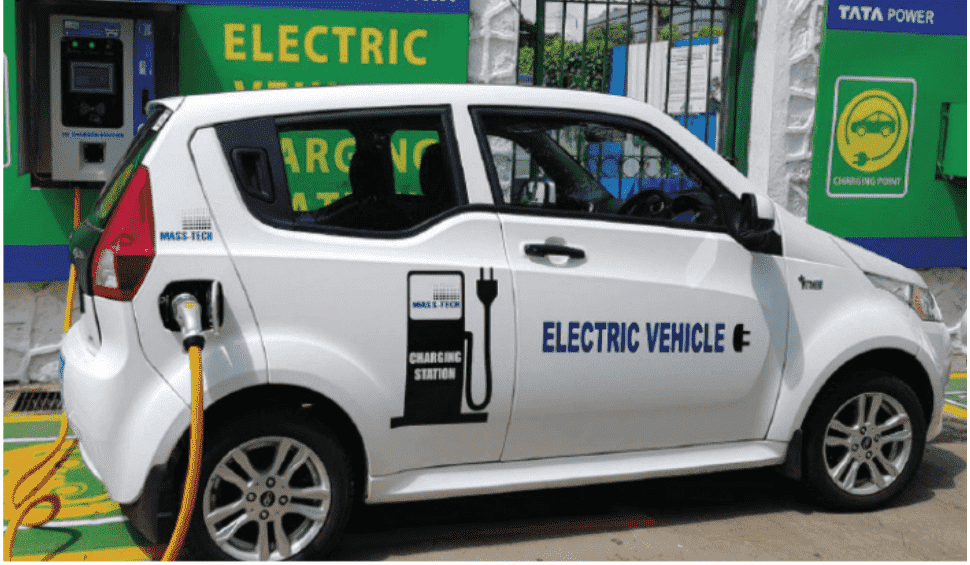
It is almost the end of an era. The internal combustion engine will soon be a relic of the bygone past. Climate consciousness is pushing governments and the industry to adopt alternative means to power vehicles. The global consensus is that the future is electric! India hopped on to the electric vehicle (EV) bandwagon in 2012. The Department of Heavy Industry, a body within the Ministry of Heavy Industries and Public Enterprises, unveiled the National Electric Mobility Mission Plan 2020 (NEMMP). Its stated goal was to help India emerge as a leader in the EV market. The goal started to materialise after the launch of the FAME-II scheme under the NEMMP. An approved outlay of Rs 10,000 crore under the scheme provided the financial impetus to the industry. It helped in creating a market for electric vehicles. Consequentially, a total of 1,44,623 EVs operate on Indian roads. These EVs run on permanent magnet-based motors. Over 80 per cent of EVs sold in 2019 used permanent magnet-based motors. Rare earth elements (REEs) such as neodymium, dysprosium, praseodymium and terbium form essential components of magnet-based motors. Their unique electro-magnetic, heat-resistant and phosphorous properties are a reason for their extensive use in the manufacture of electronic gadgets and devices. The nascent EV industry in India is yet to reach its potential. The non-availability of raw materials for the industry makes it vulnerable to supply chain shocks. It is an issue currently faced by the domestic automobile manufacturing units in India. Due to the economic downturn in China and the post pandemic geopolitical realignment, semiconductor chips are in short supply. These events resulted in the disruption of the supply chain of rare earth elements. These supply chains controlled by China account for 90 per cent of the global trade of REEs. Having the highest global reserves of REEs strengthens this position. The global dependency on China for REEs puts it in a position to weaponise trade. Documented instances of China weaponising its dominant trade position in REEs make it a real threat. The REEs acquire greater importance in the manufacture of electric vehicles. It places an increased risk on the Indian manufacturers as they import refined REEs from China. The situation worsened as China has multiple exclusive mining contracts across the world. It is a safeguard against depleting its existing reserves.In contrast to China, India does not leverage the reserves it possesses. India imports REEs from China despite having the fifth-largest deposit of REEs. A lack of incentives coupled with bad policy stymied the utilisation of these resources. Lack of investment translates to outdated technologies. It impacts the extraction processes of the metals. REEs are rarely found in elemental forms. They need to be processed into pure metal form before manufacturing. It requires huge capital and skilled labour and is environmentally damaging. These challenges posed by REEs do not address the lithium concern. Yet, both share similar challenges to make India’s transition to EVs a success. The China snag. And a cost and policy conundrum!
10 Jan 2022
Vijayhardik Joysula